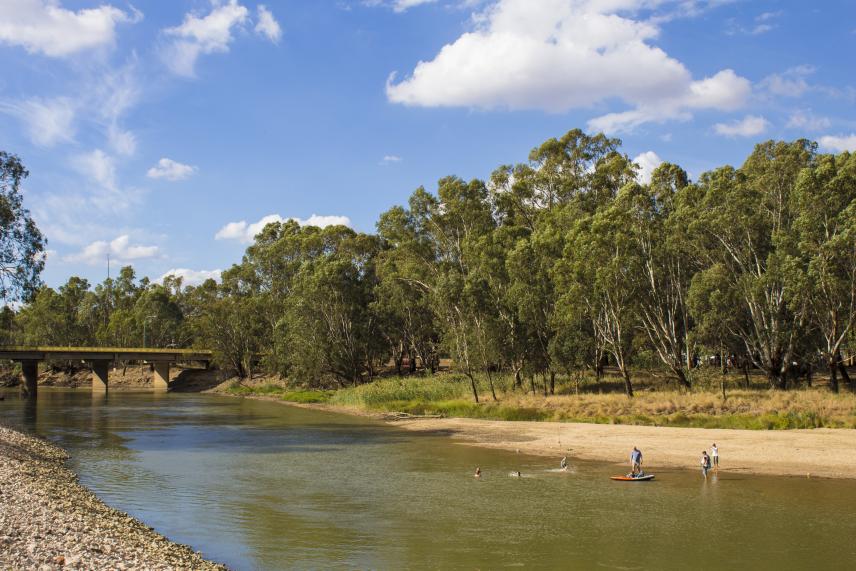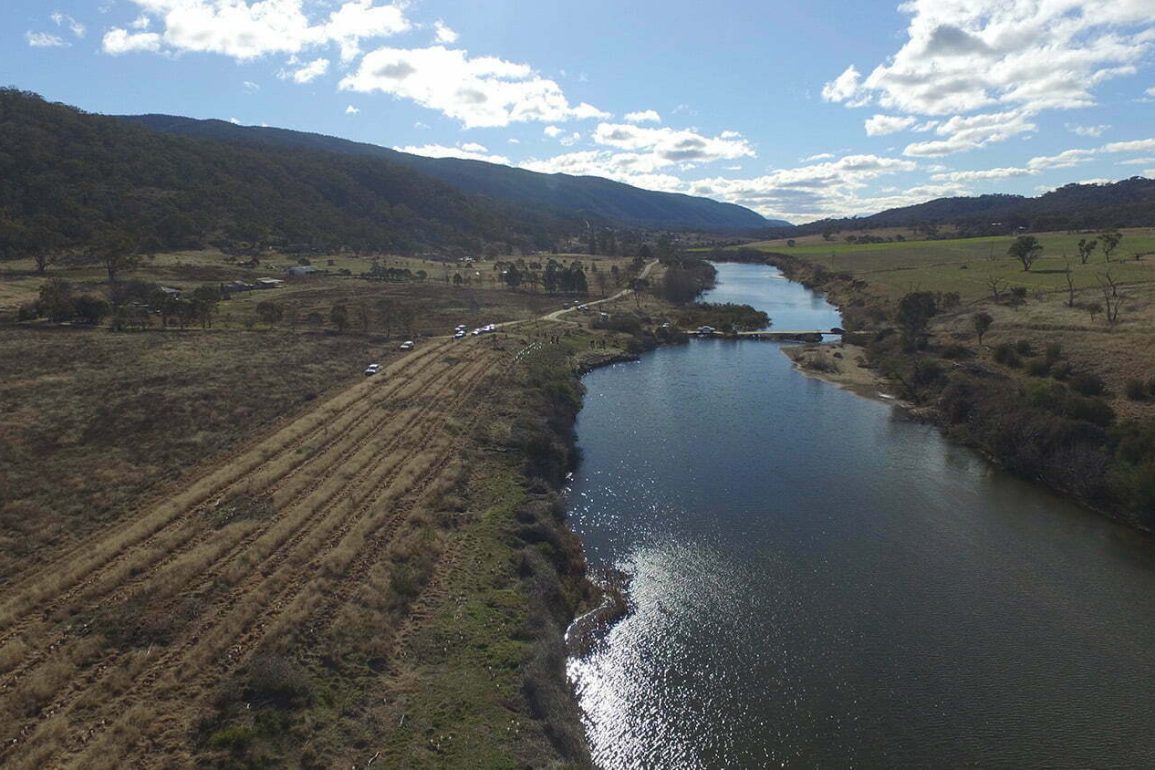A recent study from the University of New South Wales reveals that a section of the Murrumbidgee River, one of Australia’s longest waterways, has lost over half its water flow over the last 30 years.
This drastic reduction is attributed to water diversion activities, including dam infrastructure and irrigation, and increased water usage in Canberra.
Published in the Journal of Environmental Management, the study found that water flows at Hay in southwestern New South Wales dropped by 43% between 1958 and 2018, with the decline reaching 55% from 1988 to 2018.
The reduction has particularly impacted the Lowbidgee floodplain, the river’s largest wetland, which relies on periodic flooding to support its ecosystems.
Without consistent water flow, key ecosystems within this wetland risk collapsing.

Led by Jan Kreibich, a PhD candidate at UNSW, the research team used early 20th-century flow and rainfall data to simulate natural conditions before human intervention.
By comparing this model with recorded data, they identified how drastically water diversion has altered the river’s flow.
The study also highlighted an increase in the interval between major flood events, which sustain the wetland, from once every two years to once every 4.4 years.
Looking forward, the study warns of further threats from climate change.
River flows could reduce an additional 7% to 10% by mid-century, compounding the impacts of water diversion.
Professor Richard Kingsford of UNSW emphasized the importance of environmental flows, urging government action to protect remaining water resources.
Environmental advocates, like Dr. Paul Sinclair of the Australian Conservation Foundation, echo this concern, pressing for coordinated efforts by federal and state authorities to restore sustainable water flow and support the Murrumbidgee’s floodplains amidst climate challenges.

